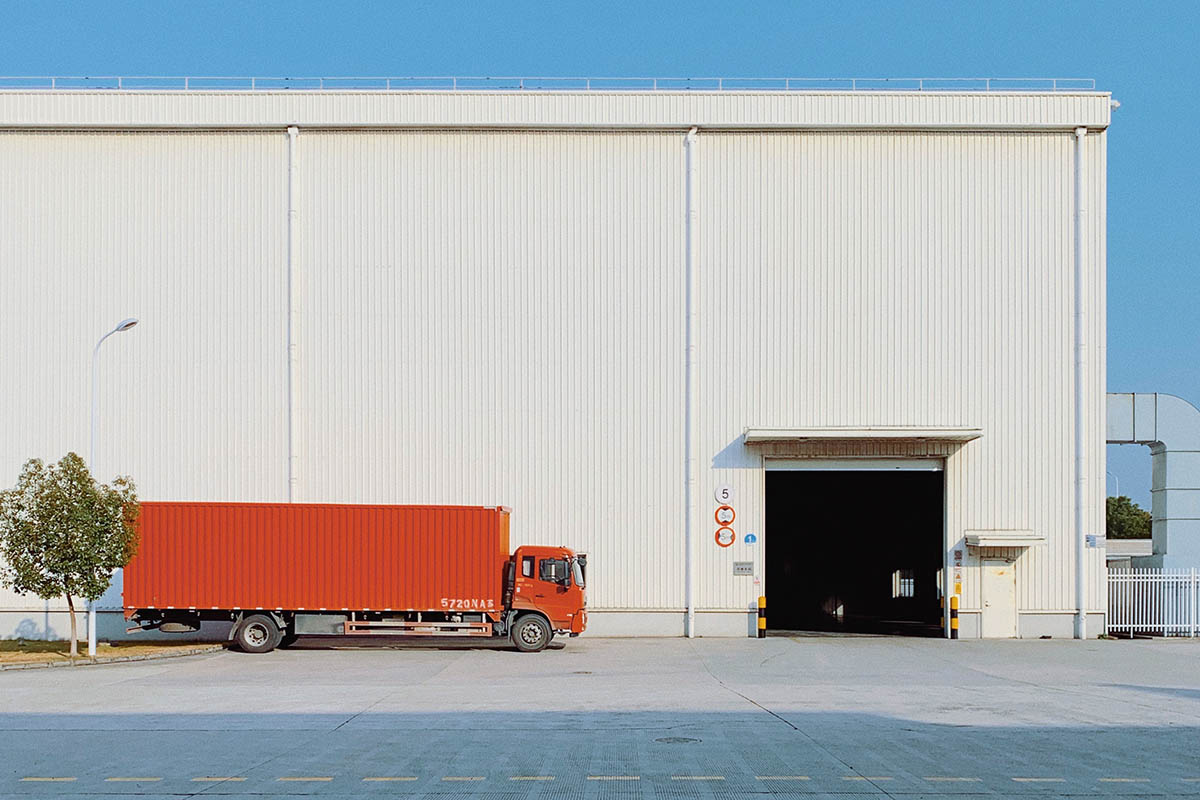How Fortune 500 Companies Slash Fuel Costs
With inflation now running at close to 10 percent, and gas price inflation hitting record highs, cutting fuel costs has never been more important. If companies want to remain competitive and avoid passing price hikes onto consumers, they need to get serious about reducing their expenses.
But with something as basic as fuel, is there really anything that you can do? In this post, we’re here to tell you that there is. You really can make significant changes that save you money and improve your bottom line. Here’s what to do:
Convert Your Vehicles
Perhaps the most obvious and radical step you can take is to convert your existing gas-powered vehicles to alternative fuels. The most basic is petroleum to diesel, but you can also use biodiesel as well. Some companies may even be able to switch to electric, which will bring the price per mile down considerably. Grid power is incredibly inexpensive.
Then there’s the fact that electric vehicles also require less maintenance. They have fewer moving parts so there is less to go wrong.
Ship Lighter Loads
Another tactic is to find ways to ship lighter loads. If you can reduce the weight of your cargo without compromising your operations, you’re on to a winner. Trucks with lighter payloads consume less fuel when accelerating than those that are full. In many cases, you’re not able to reduce the payload weight but you can look for lighter vehicles. Choosing a van or a truck with a lower weight can still save you money over the long term because it is consuming less fuel to shift its own weight.
Synchronize Engine Types With The Route
Another common tactic is to match the engine type of the vehicle to the route it is taking. For instance, it’s never fuel-efficient to transport a small load with a large trailer. In these situations, it’s better to use an electric vehicle.
Likewise, it doesn’t make sense to load a large cargo onto many small vans. Putting it all into a single truck is the best option. Remember, “rolling stock” includes more than just road vehicles. In some cases, the rail may be cheaper, particularly if you need to move bulk items over long distances, such as coal, timber, or building materials.
Train Drivers To Driver Differently
If left to their own devices, fleet drivers will drive your vehicles aggressively, as they do their own private cars. However, as you might imagine, that’s bad for fuel consumption (and your brand image).
The trick here is to train drivers on the issue and then incentivize them to drive in a fuel-efficient manner. For instance, you could fit telematics to your vehicles that track things like the rate of turning, acceleration, and braking. You can then use this data to award careful driving bonuses to certain drivers.
Implement Speed Restrictions
Another tactic is to fit vehicles with location-specific speed restriction devices. These work by using GPS to figure out where the vehicle is and then limiting it to a specific speed, depending on the location. As the fleet manager, you have full freedom to determine what that speed actually is. Pick optimal fuel-conserving speeds for each zone.
Use Fleet Management
The range of fleet management benefits is extensive. It improves driver satisfaction, gives you more control over your operations, and allows you to improve your strategy over time. Critically, good fleet management can reduce your fuel costs significantly.
For instance, implementing an effective fleet management program lets you collect data on each driver’s MPG. You can then use this information to find out what fuel-efficient drivers are doing differently from their colleagues. Fleet management also provides information on specific vehicles. For instance, if a truck is consuming more gas than others in the fleet regardless of who drives it, you can use this information to schedule maintenance and fix the problem.
Warn Drivers About Idling
At stop signs and traffic lights, idling is inevitable. However, some fleet drivers idle excessively, even when parked in a defined bay.
Idling isn’t free. The engine is still ticking over, burning fuel, even if it is a small amount. Over time, this can impact your bottom line, leading to waste and unwanted expenses. The solution is simple: train drivers to switch off their engines when idling. This way, you can reduce fuel consumption and slash engine wear and tear.
How fortune 500 companies slash fuel costs: Use Smooth Roads
Lastly, avoid using roads with bumpy surfaces. Overcoming all that resistance dramatically increases the number of energy vehicles require to get from A to B.




















